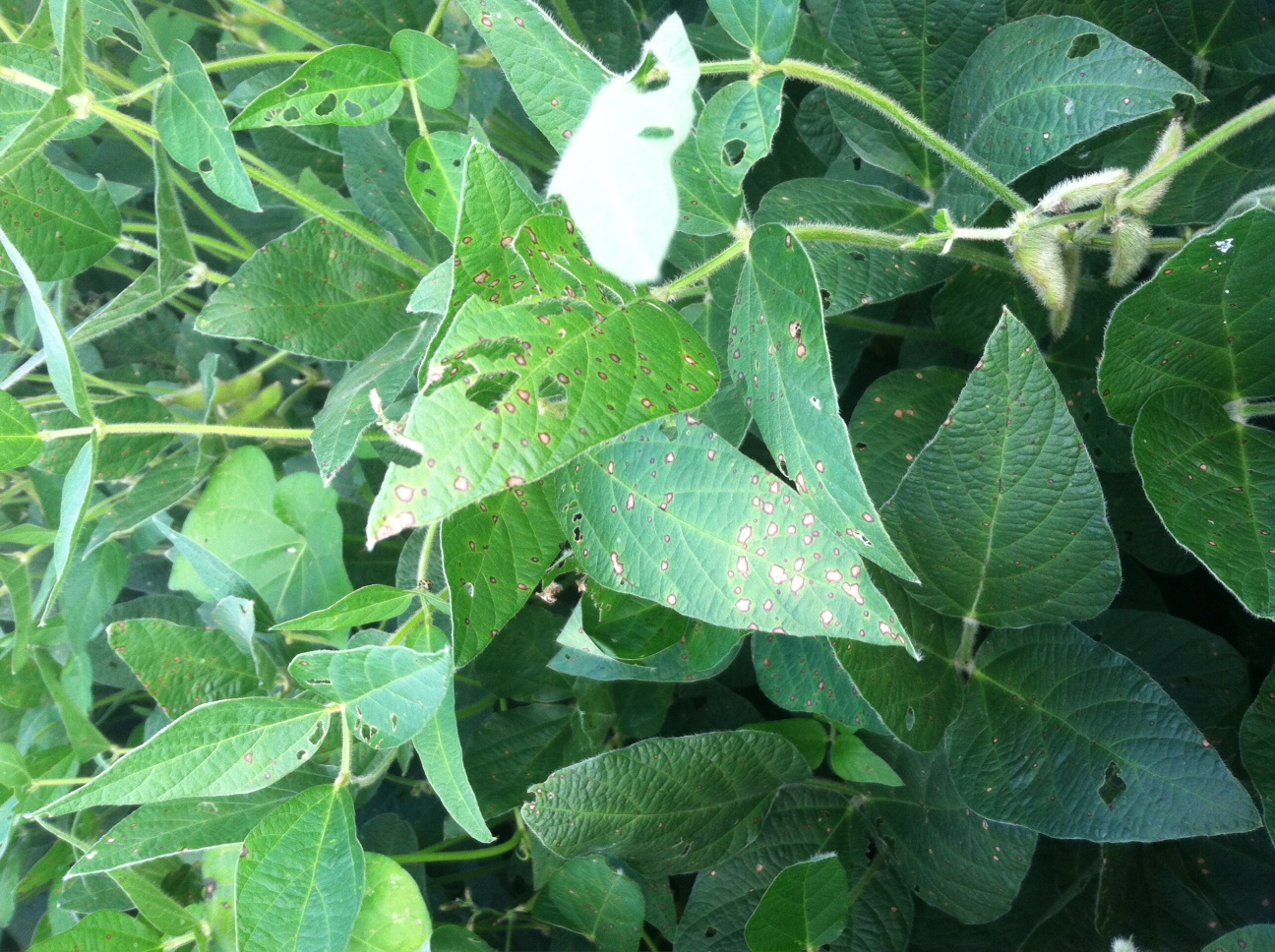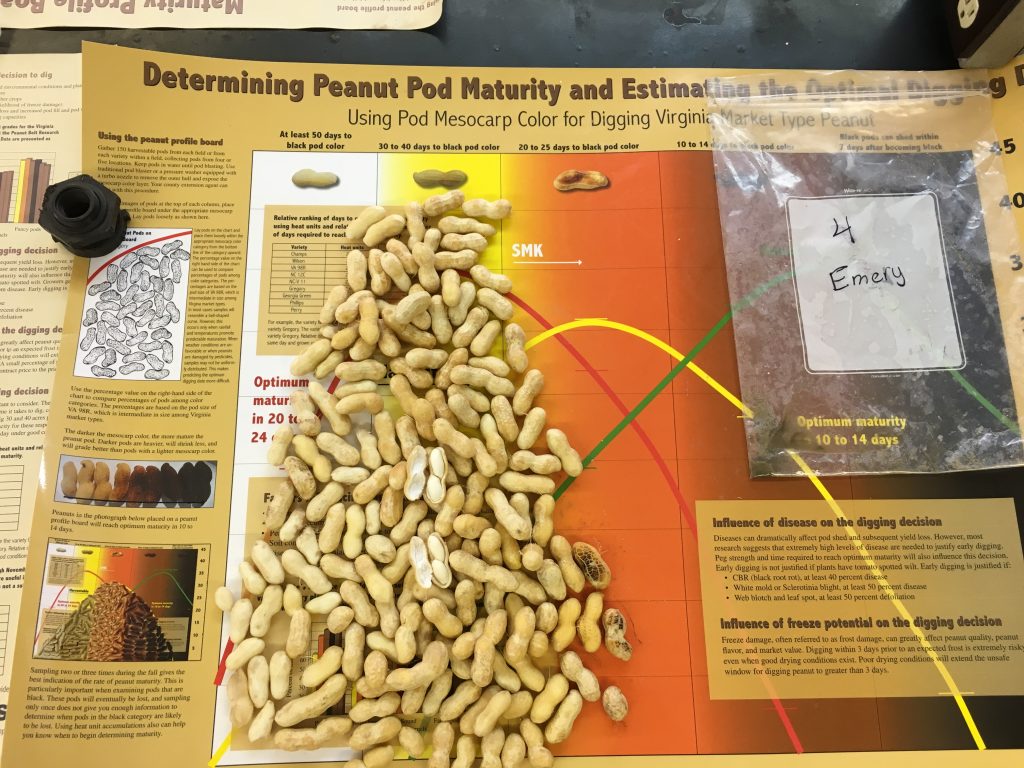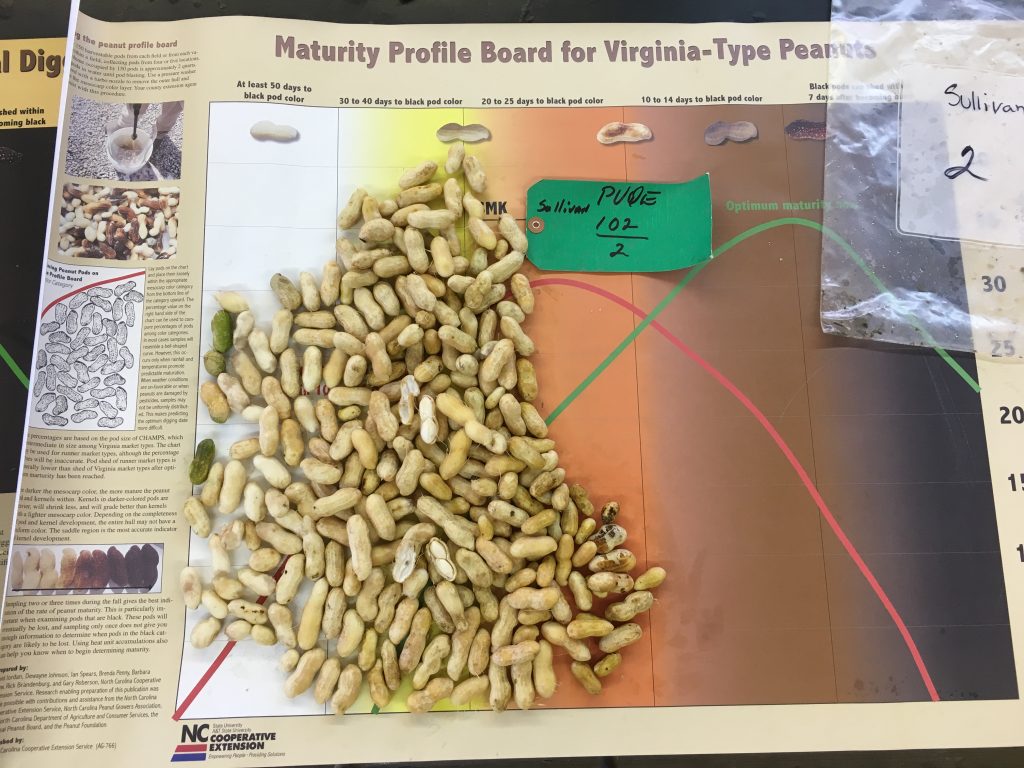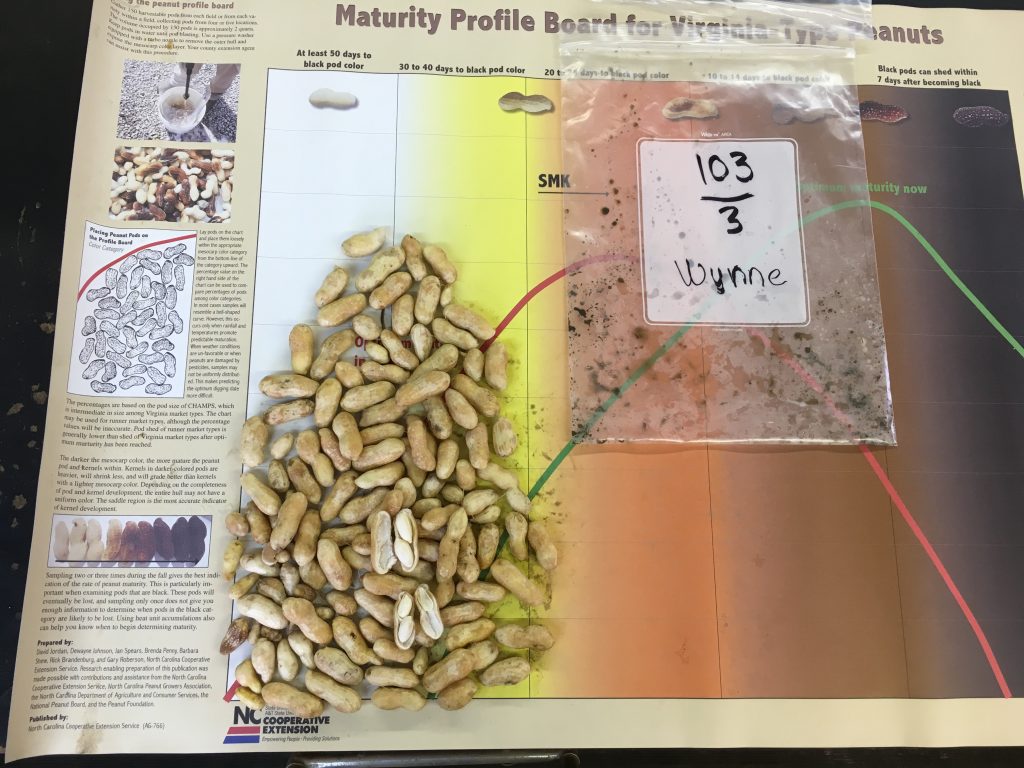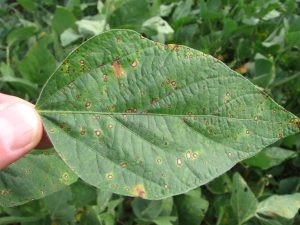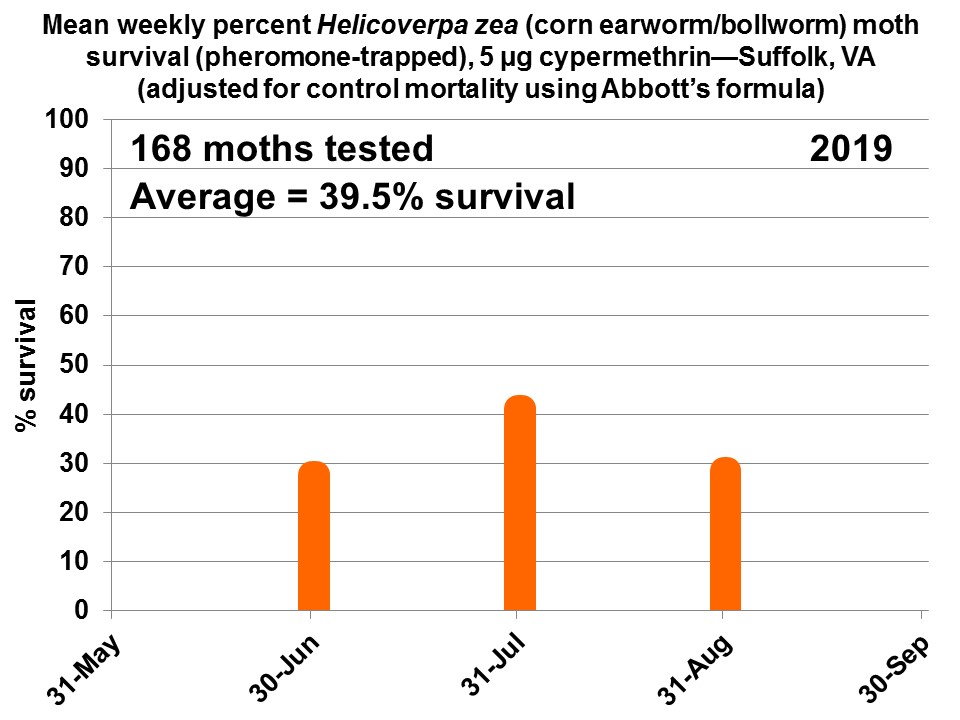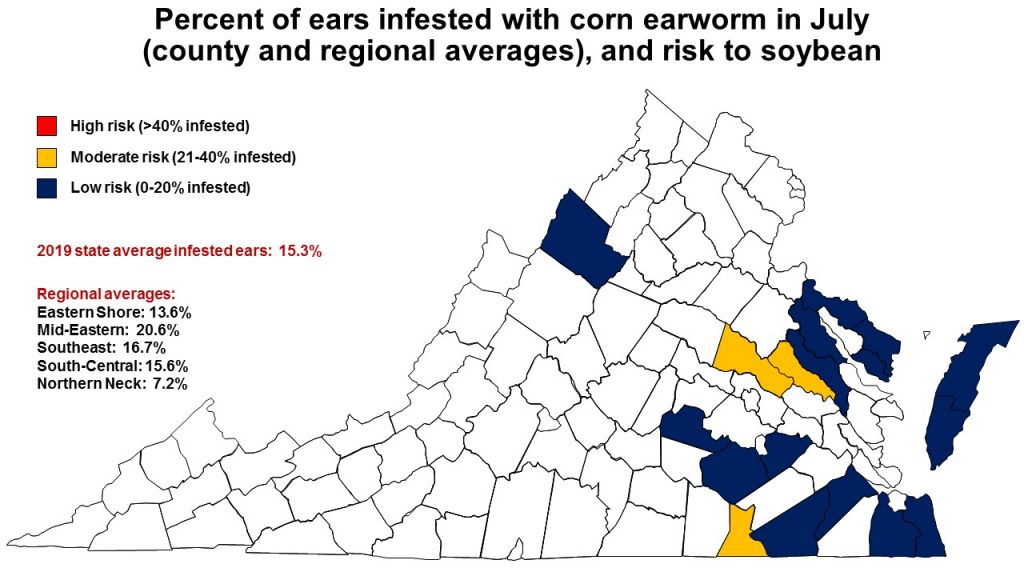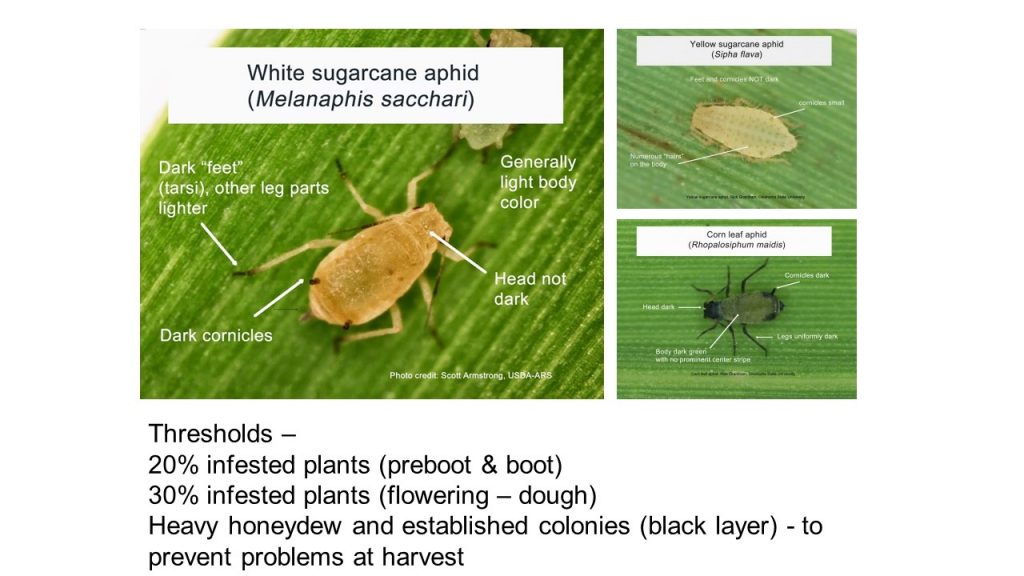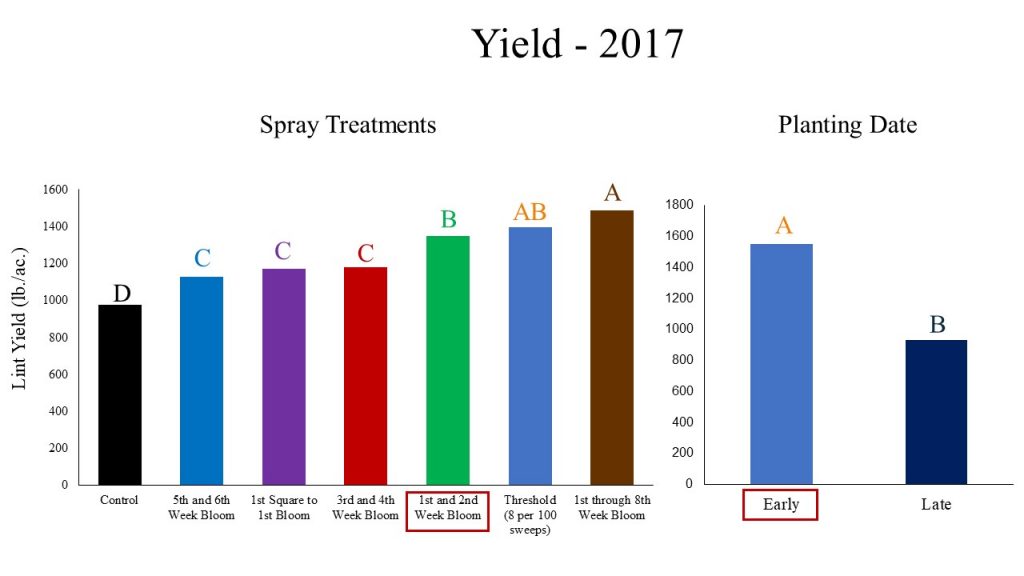For soybean that is at or near the beginning pod (R3) stage, it is time to consider whether or not a fungicide application is needed to control foliar diseases and protect yield. Most of the soybean in Virginia is past the beginning pod (R3) stage, and fungicide applications are more likely to be profitable when applied at or near R3/R4. The Virginia soybean fungicide advisory indicates that disease risk is variable across the state. Fields with moderate risk should be scouted since foliar diseases will not be an issue in every field every year. Keep in mind that other risk factors also contribute to disease severity and yield loss to fungal diseases. High risk fields include those where susceptible soybean varieties are planted, there is a recent history of soybean foliar diseases, and/or rotations out of soybean are short or soybean is planted continuously over several years. Foliar fungicides are ineffective for control of most stem and root diseases. If based on the soybean fungicide advisory or other factors you decide to apply a fungicide, applications are generally the most effective when applied between R3 and R4 stages (no later than R5). The most recent Soybean Fungicide Efficacy Table can be downloaded from the Crop Protection Network website. Instructions on how to use the Virginia soybean fungicide advisory can be found in the July 19 blog post. A summary of disease risk and spray recommendations for different locations in Virginia can be found below. If you have any questions, contact Dr. Hillary Mehl (hlmehl@vt.edu).
| Region of Virginia | Location of weather station | Soybean disease risk | Recommendation |
| Eastern Shore | Painter | High | Spray |
| Southeastern | Suffolk | Moderate | Scout |
| Southeastern | Virginia Beach | High | Spray |
| Northern Neck | Warsaw | High | Spray |
| Central | Blackstone | Moderate | Scout |
| Northern | Middleburg | Moderate | Scout |
| Northern | Shenandoah | Moderate | Scout |
| Northern | Winchester | Low | Don’t spray |
| Western | Critz | High | Spray |
| Western | Blacksburg | High | Spray |
| Western | Glade Spring | High | Spray |
For detailed daily advisories, select the location closest to your field and download the corresponding file here:

